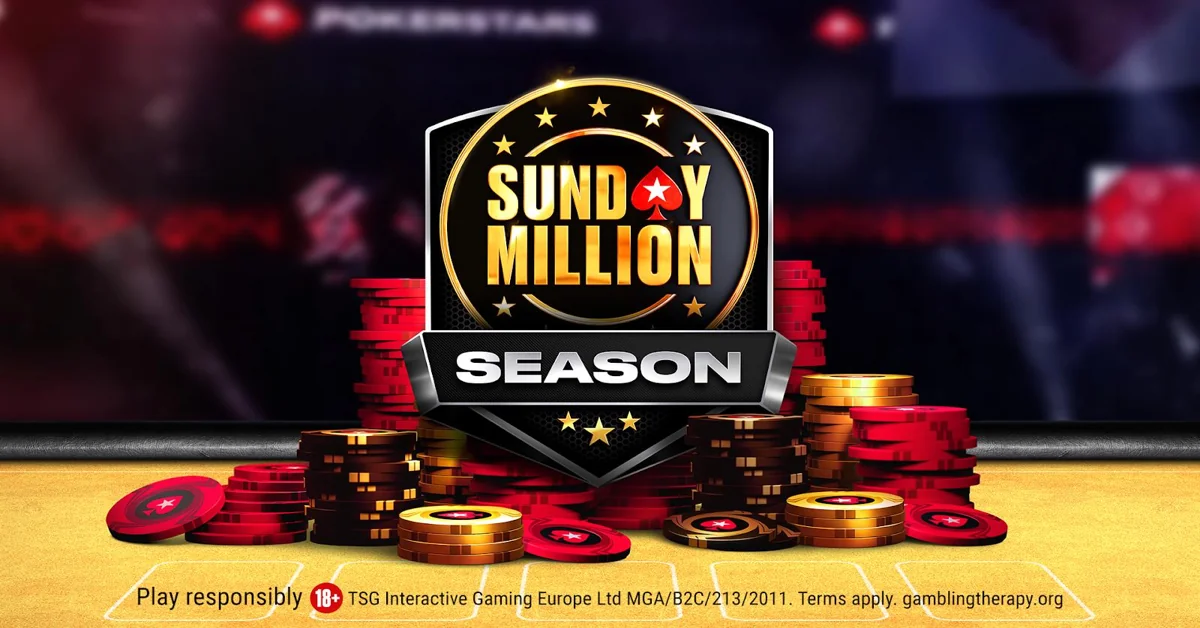Poker players are often divided between two distinct playing styles—tournaments and cash games. Both have their unique appeal, and each format requires different strategies, patience, and risk management. But when it comes to building a bankroll, which one truly has the upper hand?
To find out, we committed to playing both tournaments and cash games each day for 30 days. Tracking our progress, wins, losses, and overall growth (or lack thereof), this experiment gave us a clearer understanding of the advantages and challenges in both formats.
The Experiment: 30 Days of Tournaments and Cash Games
Here’s how we approached the 30-day challenge:
- Alternating days: We played cash games one day and tournaments the next, maintaining consistency and equal time for both formats.
- Bankroll management: For both formats, we followed a strict bankroll management rule, never risking more than 5% of our total bankroll in any session.
- Daily duration: Each day, we played for about 3-5 hours, ensuring a fair comparison.
Week 1: Initial Impressions
Cash Games
In the first week of cash games, we found that bankroll swings were immediate. Winning and losing could happen within minutes. On one particularly strong day, a big hand paid off, and we saw a 20% jump in our starting bankroll. However, on the following day, an ill-timed bluff cost us nearly 30%.
Tournaments
Tournament play was more of a grind in Week 1. While we managed to cash in a few events, the prize pools were top-heavy. Smaller payouts did little to boost the bankroll, especially when we didn’t make the final table. We ended the week slightly down after factoring in tournament entry fees.
Key Takeaways:
- Cash games offered faster, more frequent returns, but the volatility was intense.
- Tournaments required patience, with payouts heavily skewed toward deeper runs.
Week 2: The Grind Kicks In
Cash Games
As Week 2 progressed, we started seeing the strategic depth of cash games. The ability to buy in and out of hands meant we could walk away with profits more frequently, even after short sessions. We honed our strategy to avoid high-risk hands, and this resulted in more stable growth, although smaller in magnitude.
Tournaments
Tournaments continued to challenge us in Week 2. We saw more variance, including several brutal bubble finishes (just missing the money). Although we made a couple of deeper runs that increased our bankroll slightly, the time investment in each tournament remained a concern. One long session could lead to either a big payoff or an empty-handed finish after several hours.
Key Takeaways:
- Cash games offer more control over session length and risk.
- Tournaments can be draining when bubble finishes wipe out hours of effort.
Week 3: Where Things Got Interesting
Cash Games
By Week 3, we hit a rhythm with cash games. Consistent, smaller wins built up our bankroll gradually. We avoided risky plays and focused on value hands. It wasn’t flashy, but the results were steady. However, one bad session, where we lost a few buy-ins, showed how quickly things could go south if discipline lapsed.
Tournaments
Week 3 saw the highest high of the challenge—a final table finish in a mid-stakes tournament. This one result more than doubled the tournament bankroll, making up for all the prior losses. However, tournaments still carried significant variance, and one big win wasn’t enough to completely even out the prior losses.
Key Takeaways:
- Cash games continue to reward discipline and patience.
- One big tournament score can turn a losing stretch into a winning one, but it’s not a consistent strategy.
Week 4: Wrapping It Up
Cash Games
By the final week, our cash game strategy was locked in (thanks to this site for their awesome strategies) . We avoided flashy bluffs and focused on value plays. This allowed us to close out the experiment with modest but steady gains. Our bankroll grew by approximately 15% from the start of the month, primarily through small wins across many sessions.
Tournaments
Tournaments, on the other hand, remained feast or famine. After the final table finish in Week 3, Week 4 was full of near misses and early exits. The time invested didn’t always pay off, and by the end of the month, the tournament bankroll only showed a modest 10% increase from the initial investment.
Final Bankroll Comparison
At the end of 30 days:
- Cash games: A steady, disciplined approach resulted in consistent gains, with a total bankroll growth of 15%. There were some swings, but the flexibility of cash games allowed us to walk away from bad sessions.
- Tournaments: Despite some thrilling deep runs, the variance of tournaments was undeniable. Our bankroll grew by 10%, but the wild swings made it a more stressful and time-consuming experience.
Both formats have their pros and cons, but based on our 30-day experiment, cash games seem to offer more consistent bankroll growth. The ability to control risk, walk away from bad sessions, and avoid the long grind of tournament play made it a better choice for steadily building a bankroll.
That said, tournaments offer the thrill of potentially massive paydays with just one big win. If you have the patience for high variance and love the competitive nature of deep runs, tournaments can be incredibly rewarding when they pay off.
Ultimately, the choice between cash games and tournaments comes down to personal preference. If you want more control and lower variance, cash games are the way to go. If you thrive on the adrenaline of chasing big prizes and are comfortable with the ups and downs, tournaments are an exciting option.









